Customers learn about handicraft products at the National Exhibition Fair Center (Dong Anh commune, Hanoi ). Photo: Do Tam
Products are internationally appreciated
Hanoi currently has about 1,350 craft villages and villages with crafts, accounting for more than 30% of the total number of craft villages in the country. Of which, 327 craft villages have been recognized by the Hanoi People's Committee. In 2024, the total revenue of 327 recognized craft villages is estimated to reach over 24,000 billion VND. Typically, some craft villages with significantly high revenue are Son Dong fine art sculpture village, Huu Bang carpentry village...
According to artist Vu Hy Thieu, Chairman of the Advisory Board of the Handicraft Association, Vietnamese handicrafts in general and those of Hanoi in particular have long been highly appreciated by international friends for their unique values that cannot be copied. First of all, it is a strong mark of national identity. Each product carries within it the spirit of Vietnamese culture, easily distinguishable from products of other countries. From motifs, materials to manufacturing techniques, all reflect the unique character of the Vietnamese people.
In addition, Vietnamese handicraft products use purely natural materials, a factor that is increasingly valued by the world market in the trend of sustainable and environmentally friendly consumption.
Another factor that needs to be mentioned is the creativity and dedication of the artisans, the true “folk artists”. Each product is a cultural story, an artistic inspiration. Not only high-end products such as pottery, brocade, royal embroidery, mahogany beds, tea cabinets… but also simple items, associated with daily activities such as teapots, pots, fishing tools… are also loved internationally for their sophistication, closeness and cultural identity.
In particular, the trend of artistic handicrafts is becoming increasingly clear. Artisans not only preserve traditional identities, but also create highly artistic product lines that can reach international markets, meeting the increasingly diverse aesthetic needs of global consumers.
Not only playing a role in preserving national cultural identity, many Vietnamese handicraft products increasingly demonstrate aesthetic value, creativity and the ability to reach out to the international market.
The lampshade product that artisan Nguyen Van Tinh has elevated to a higher level of craftsmanship through creativity is a testament to this. When displayed at the Melia Hotel (Hanoi), 6 foreign companies wanted to buy it at the same time, but unfortunately there was only one available.
Creative direction in line with consumer needs
Vietnamese handicrafts have inherited a precious tradition, formed and developed over thousands of years of history. If fully counted, there could be up to hundreds of thousands of traditional handicrafts. On the basis of that heritage, artisans continue to create many new products, both imbued with Vietnamese identity and suitable to the tastes and needs of modern life.
Mr. Trinh Quoc Dat, Chairman of the Vietnam Craft Villages Association, said that the domestic market with more than 100 million people, together with efforts to welcome 22-23 million international visitors and over 120-130 million domestic visitors, will be an opportunity for the handicraft industry to expand its market. Especially, in the context that domestic customers increasingly prefer products with traditional characteristics and are environmentally friendly.
Creativity in Vietnamese handicraft products is extremely rich. However, to fully exploit the potential of that creativity, there needs to be orientation, practical support from the authorities and appropriate policies.
Currently, many artisans still create based on personal inspiration, lacking a clear direction about the market and consumers. They create products without knowing who to sell to or what to use them for. Therefore, there needs to be a creative direction that suits domestic and foreign consumption needs, especially from units related to export.
For example, a Dutch expert went to Dong Xuan market (Hanoi) and bought 20 pot holders of different sizes. After returning home, she assembled them into an artistic lampshade to place in the living room. Such examples show that the needs of the international market are very different and artisans need to be provided with market information to adjust their designs accordingly.
Therefore, according to Chairman of the Advisory Council of the Handicraft Association Vu Hy Thieu, it is necessary to strengthen the organization of specialized consulting in craft villages in the capital. The Hanoi Center for Industrial Promotion and Industrial Development Consulting is one of the pioneers, but it is necessary to expand and maintain these forms of consulting regularly. At the same time, encouraging creativity through competitions is also an effective way to promote artisans to innovate their thinking and increase the value of their products.
Organizing domestic and international tours for artisans to learn from experience and approach new trends is also an important solution. “However, we need to change the organizational mindset, we should not rely on the state budget. Instead, we can encourage artisans to contribute their own funds. If there is transparent information and a clear roadmap, many artisans are willing to participate in study trips to countries with developed handicraft industries such as Japan, Italy…”, artist Vu Hy Thieu shared.
Source: https://hanoimoi.vn/sang-tao-de-dua-san-pham-thu-cong-vuon-ra-the-gioi-715338.html


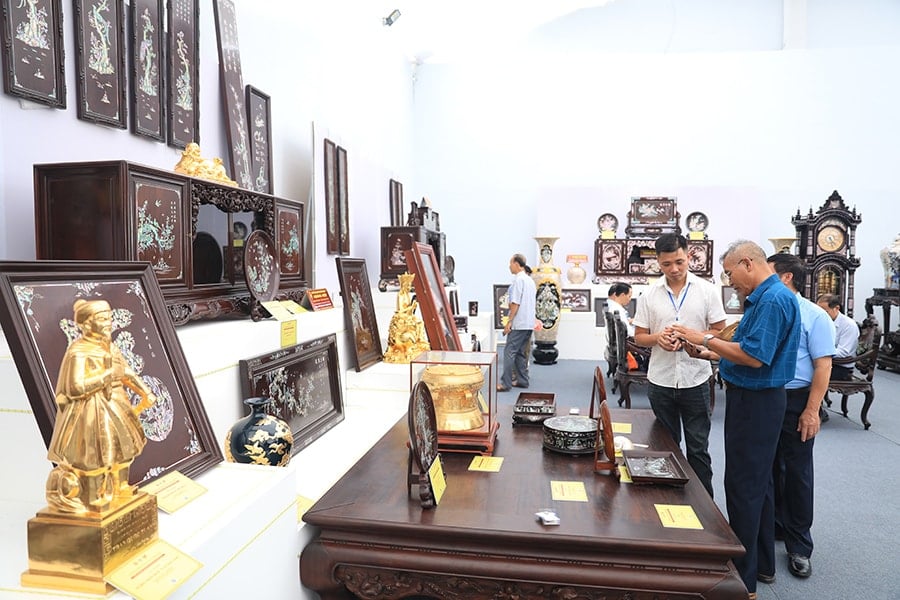


![[Photo] Binh Trieu 1 Bridge has been completed, raised by 1.1m, and will open to traffic at the end of November.](https://vphoto.vietnam.vn/thumb/1200x675/vietnam/resource/IMAGE/2025/10/2/a6549e2a3b5848a1ba76a1ded6141fae)





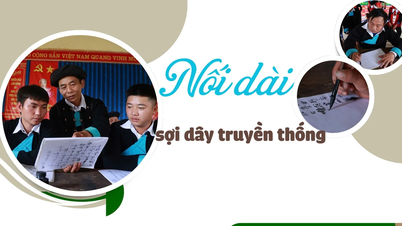

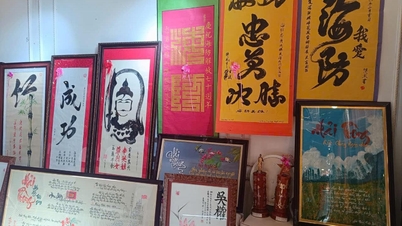

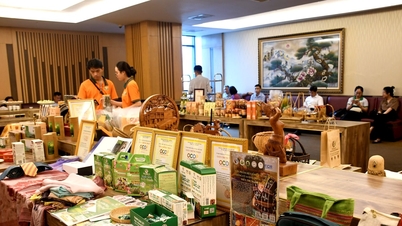


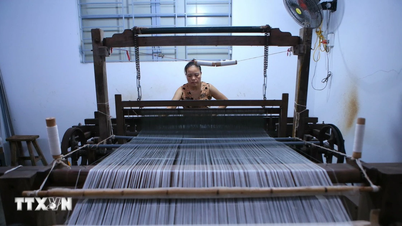






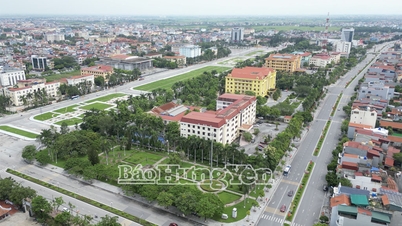







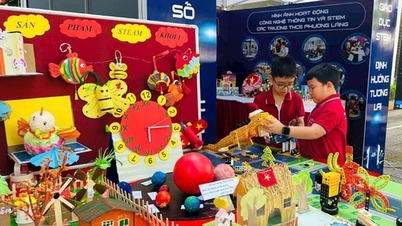

![G-DRAGON 2025 WORLD TOUR [Übermensch]](https://vphoto.vietnam.vn/thumb/402x226/vietnam/resource/IMAGE/2025/10/3/0dec353013874c2ead28385a8c4ccf55)

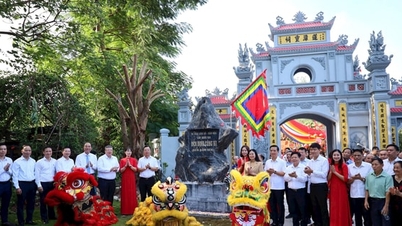
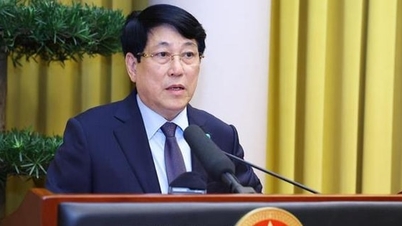

































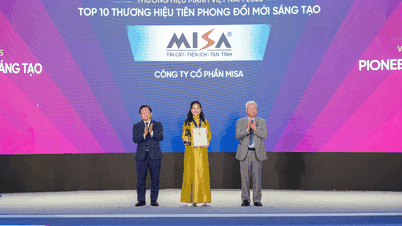































Comment (0)